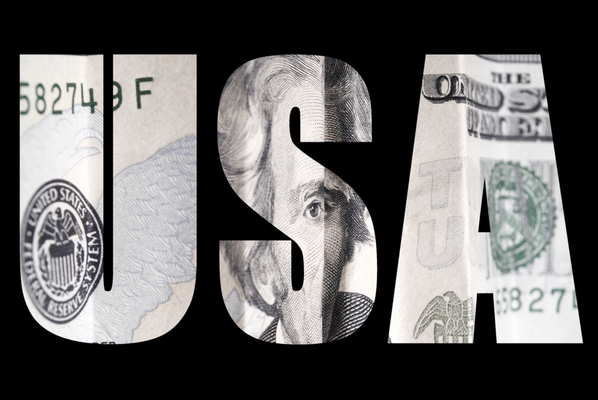The regulatory leviathan in D.C. is out of control, and now we have a study to prove it.
The report from George Washington University and Washington University in St. Louis describes how the federal regulatory budget has increased twenty fold since 1961 -- even after adjusting for inflation.
In the final year of Eisenhower's presidency, regulatory agencies had a combined budget of $533 million (equivalent to $3.4 billion in today’s dollars) and employed a little more than 57,000 people.
In contrast, President Obama’s recent budget proposal to Congress includes expenditures of $70 billion on regulatory activities, and a staff of well over a quarter million full-time regulators.
But that's not the worst of it.
As Susan Dudley and Melinda Warren point out in their op-ed on Forbes,
"These are only partial measures, of course, as the real cost of regulation is not the on-budget costs, but rather is hidden in higher consumer prices, lower wages, less entrepreneurial activity and lost economic growth. Regulations’ benefits are also not captured in these data. Nevertheless, the regulators’ budget offers some interesting insights into the growth and changing composition of regulation over time."
That's the thing about federal regulations. Not only do they infringe upon the freedom of the American people, they also cost money -- lots of it.
And there's no sign of slowing down. As long as Congress fails to make the tough decisions and reduce spending, our country will continue its downward economic spiral into debt.
Fortunately, We the People don't have to rely on Congress to make the tough decisions. An Article V Convention of States can propose constitutional amendments that both force Congress to be fiscally responsible and limit the power and jurisdiction of regulatory agencies. Click here for more information.



